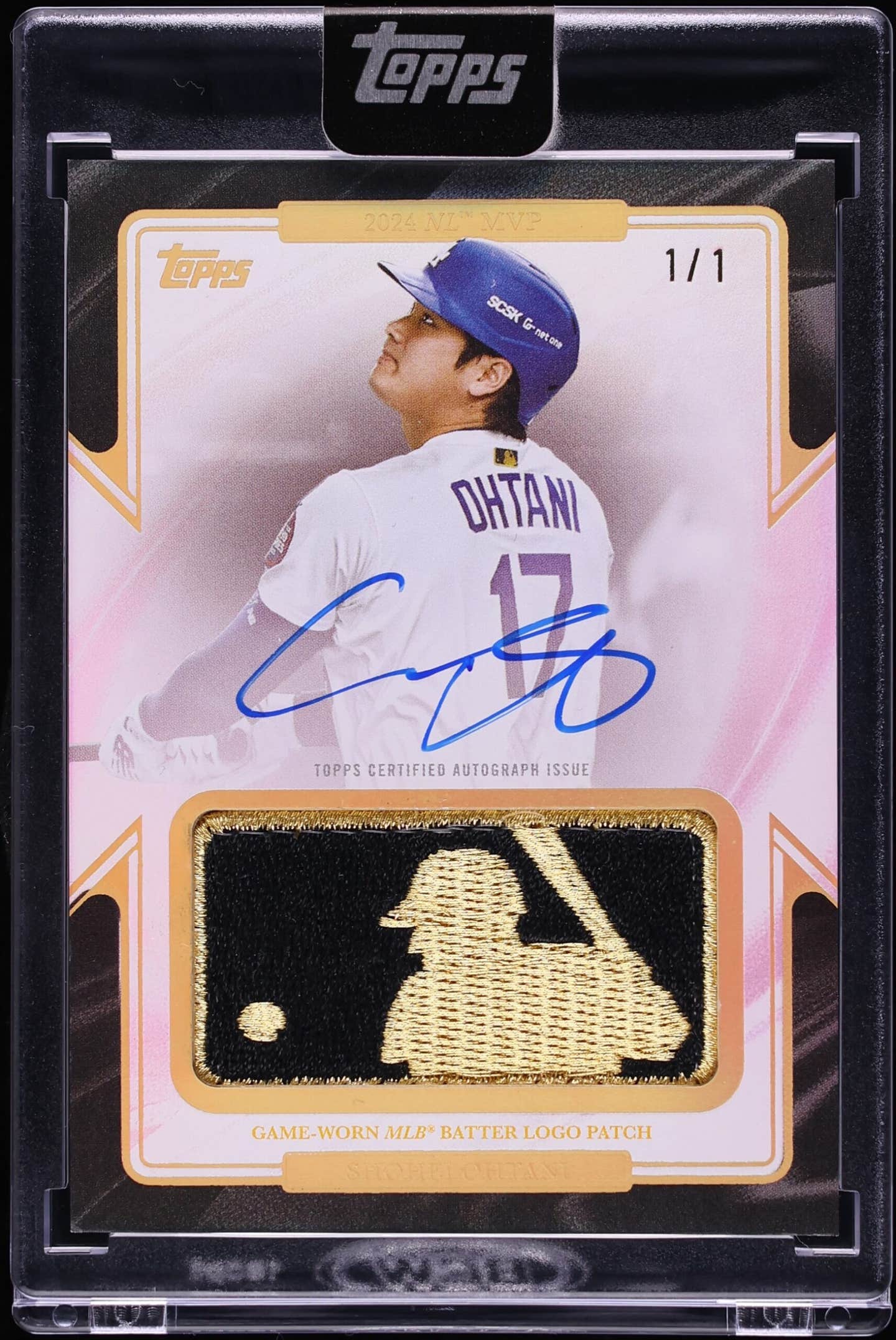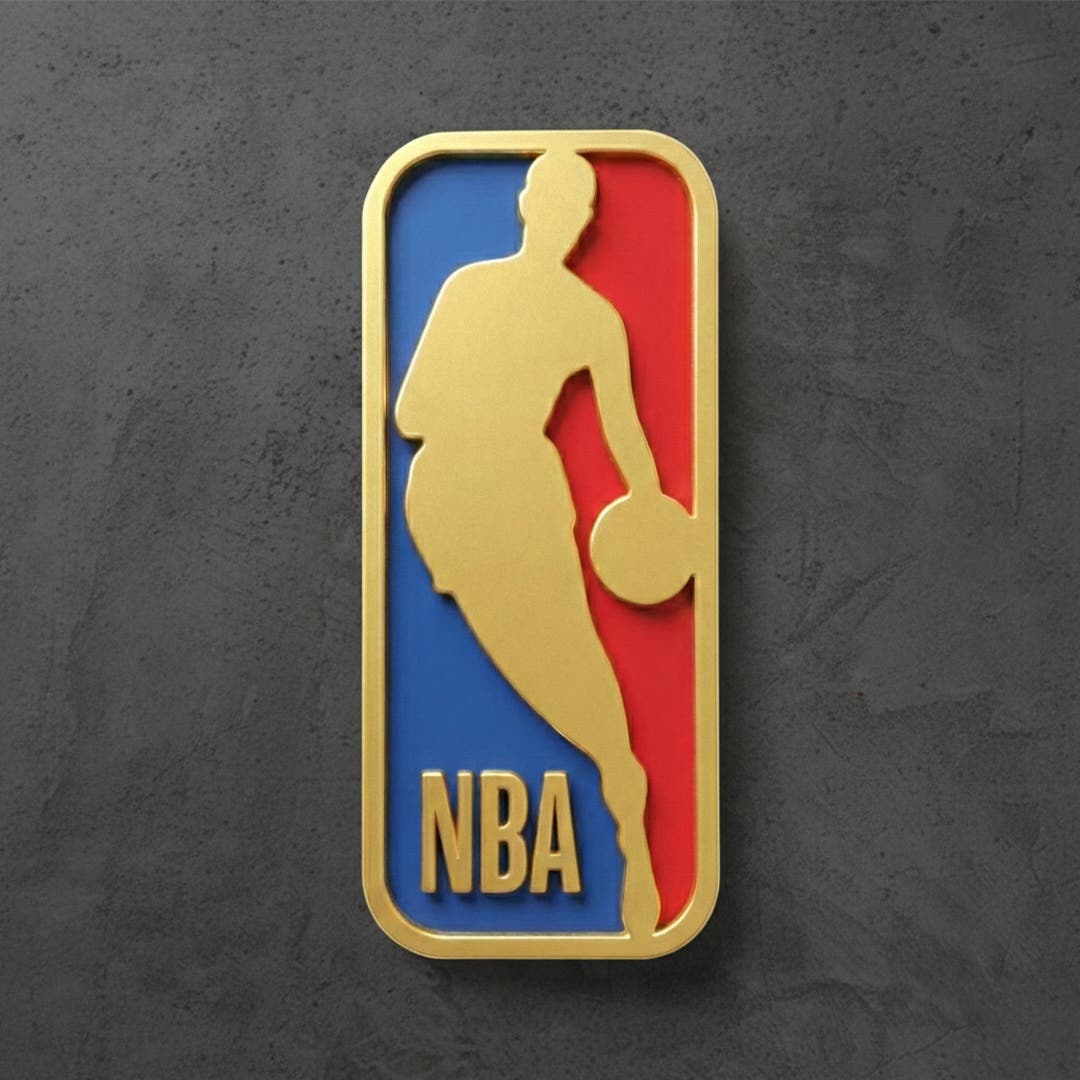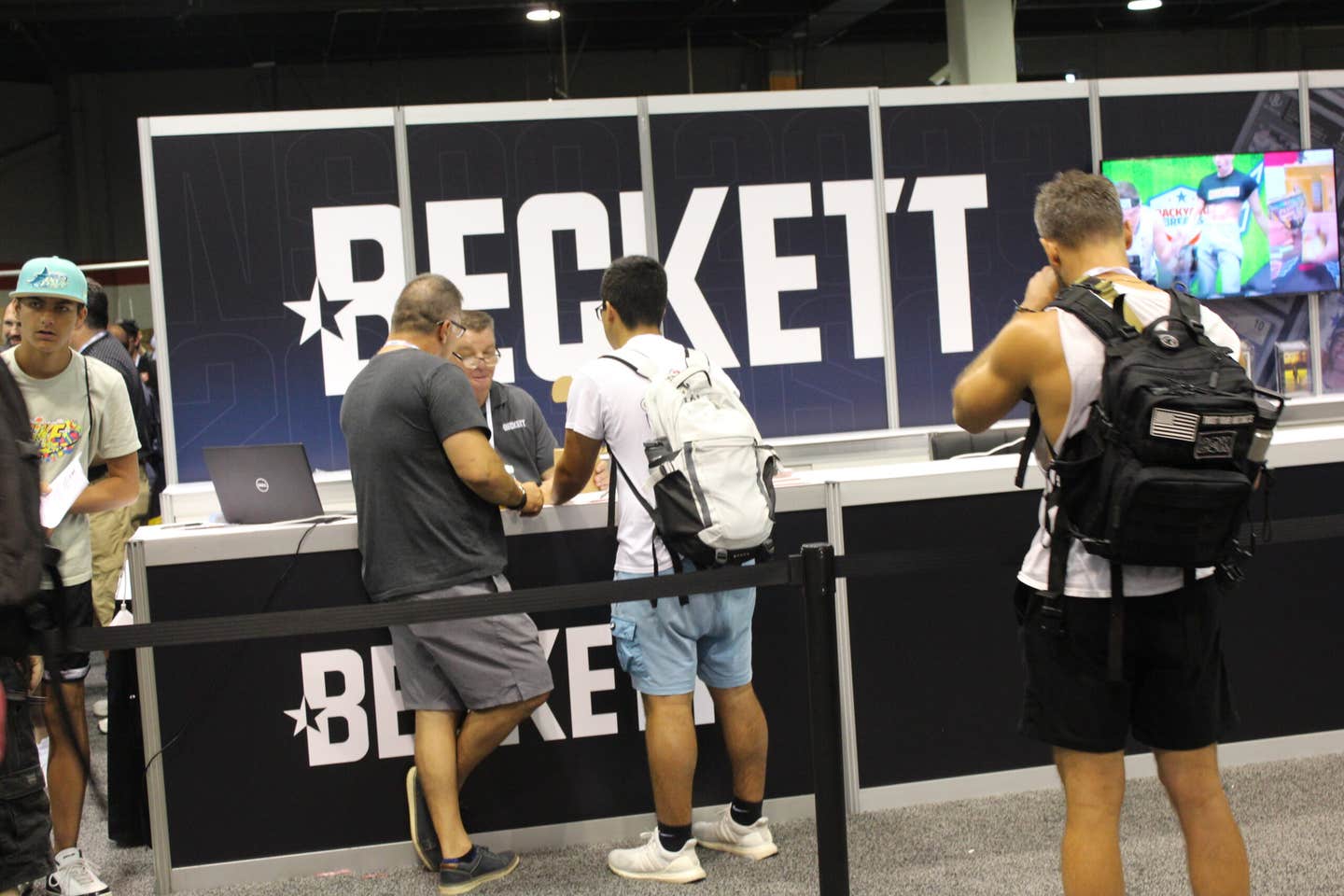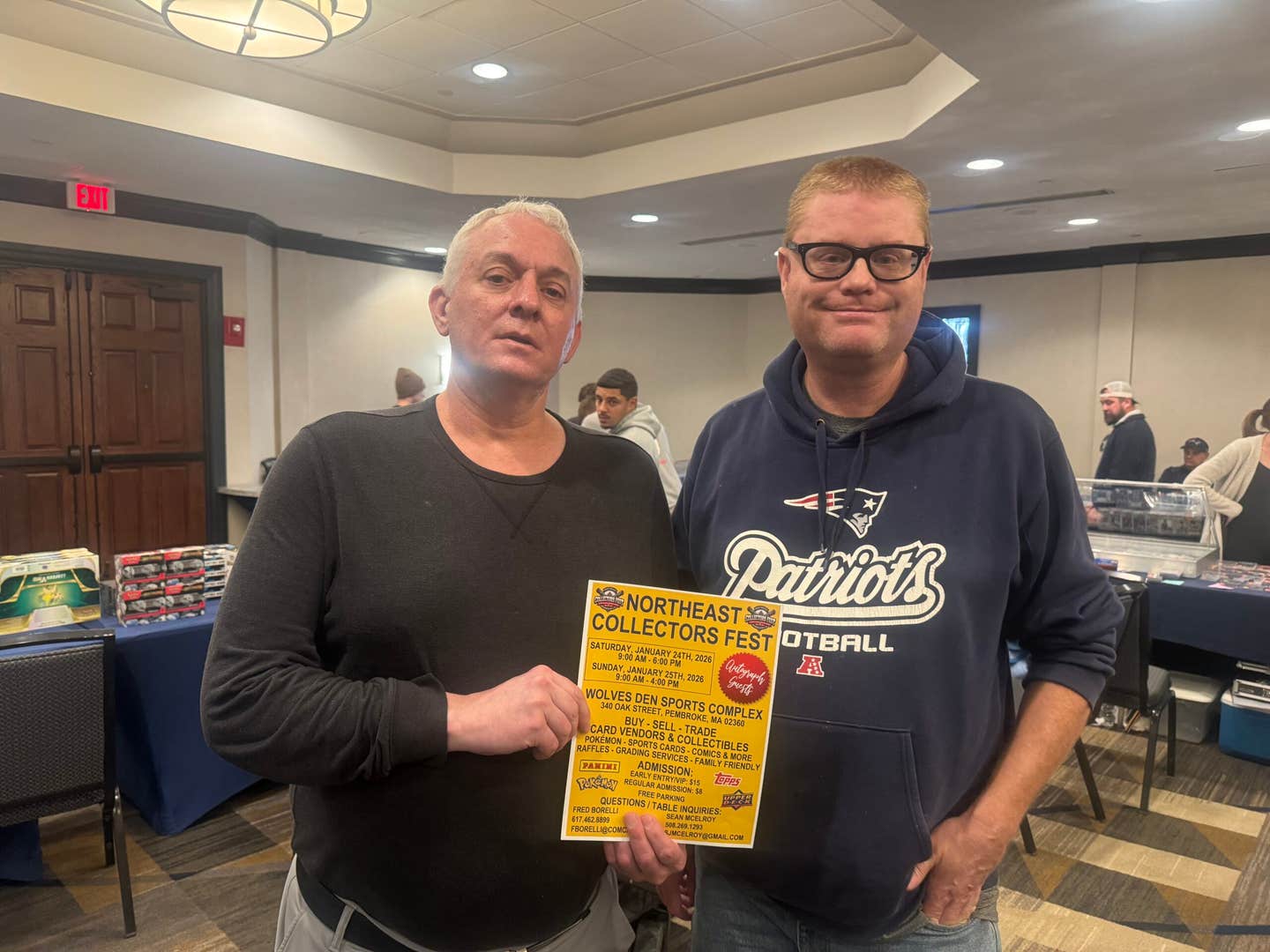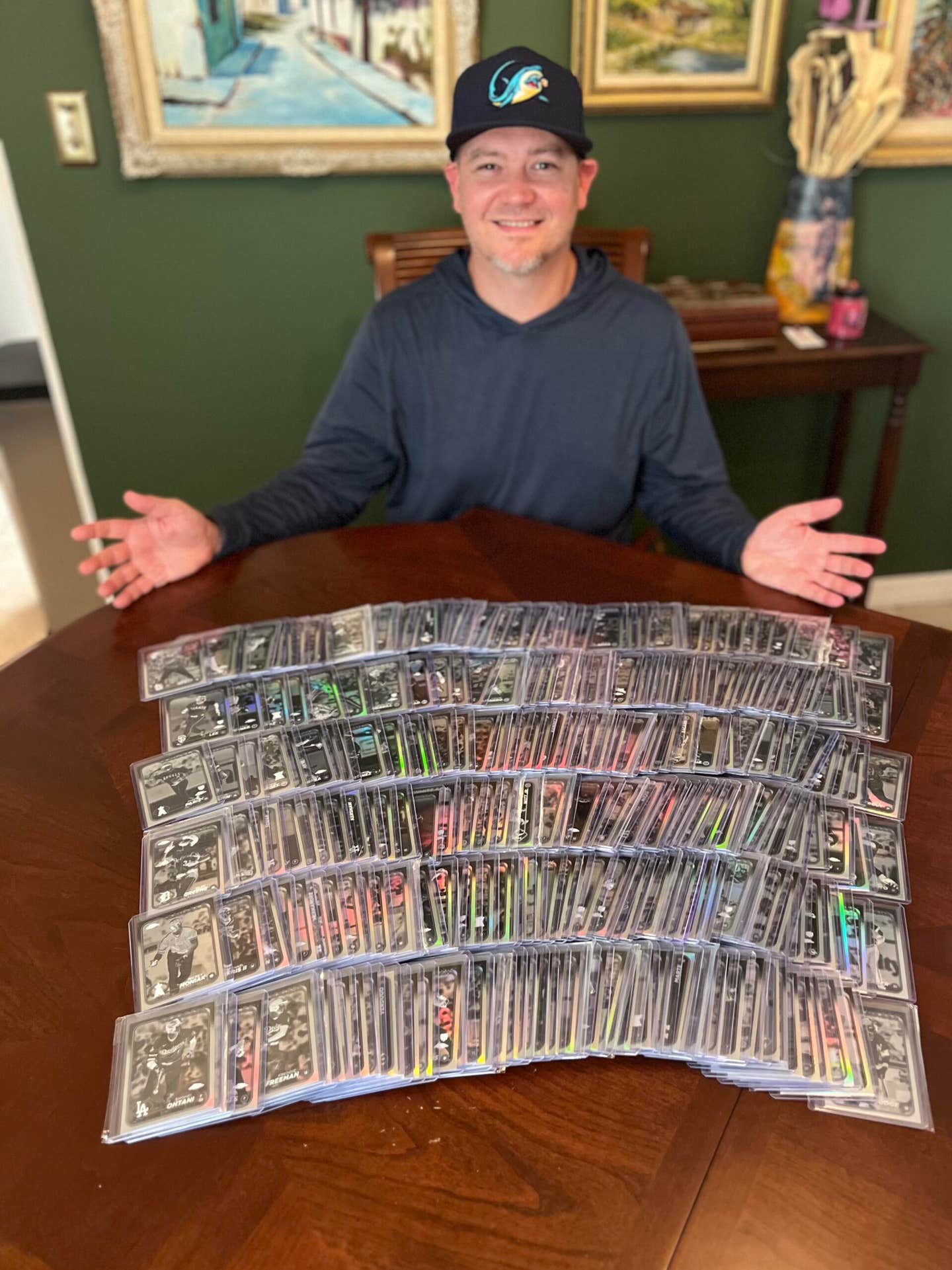Cards
1960s Topps inserts pioneered the concept
Many collectors think of insert cards as a relatively new addition to the hobby. While it’s true that cards featuring a sliver of a bat, a swatch of jersey or a cut signature are elements of the modern hobby, inserts in one form or another have been part of certain baseball card pack recipes in recent years. If you travel back a generation, you would see that pasteboard pack inserts did not drive the card collecting hobby like they have as of late. Instead, they were just little bonuses to hopefully spur card sales and they were much more prevalent than the “one-in-a-thousand pack” premiums of the 21st century.
Based on overall collectability (demand, eye-appeal, availability, etc.) what follows is a spotlight on the 10 main Topps baseball card inserts from the 1960s and early 1970s, a time when basic pack premiums flourished.
Vintage sports card dealer Steve Brandenburg was the principal interview subject providing information for this article.
The following prices are for “raw” near-mint items as listed in the 2007 Standard Catalog of Baseball Cards.
1961 Stamp Panels (182) (set: $3,000)
This is the first year Topps incorporated a true insert in baseball packs, not a card with a contest or wrapper redemption deal or the like, and their early efforts included stamp “panels” with two different players on each.
“Some people collect the stamps in panels, which can be a real challenge, and some go after the singles,” said Brandenburg. “It is definitely a popular set.”
Locating the 208 stamps, distributed on 182 panels, in nice shape is a chore since they are delicate and many were glued or taped in their specifically designed album.
Two 1961 Mickey Mantle panels list at $200 each while those headlined by Hank Aaron, Willie Mays, Stan Musial and Carl Yastrzemski are the runners-up at $60 apiece.
1962 Stamp Panels (245) (set: $2,750)
Cut the essence of the description for the 1961 stamps and paste it here – with a toned-down design – and you get the idea for “another popular Topps insert issue,” as Brandenburg put it. This time, however, Topps had more panels (245) than it did stamps (200).
A trio of Mantle stamp “two-fers” book in the $100-$125 range and lead the pack premiums with Aaron, Mays, Roberto Clemente and Sandy Koufax panels about $35 each.
Price guides often list two 1962 Roy Sievers stamps, one with the Kansas City Athletics and another with the Phillies. Nevertheless, many claim the Sievers-K.C. stamp does not exist and it was just an uncorrected typo in the guides from years ago that someone accidentally confused with the Norm Siebern, K.C. insert.
1963 Peel-offs (46) (set: $525)
These stickers are a little smaller than a credit card but as Brandenburg said, in so many words, they carry a much better “interest rate” for collectors than those pieces of plastic.
“This is a fairly sought-after set,” said the Mid-Atlantic region dealer. “It includes several stars and they are a little more plentiful than the 1961 and 1962 stamps.” After “The Mick” ($100), the leaders are Clemente and Koufax ($40 each).
1964 Coins (167, including three variations) (set: $1,125)
Topps explored much different territory around Insertville in 1964 with metal coins. “There is not much interest with average condition coins,” said Brandenburg. “But nice-condition ones will sell.”
Three Mantle coins, two which have different pictures but share the same number (131) from the “All-Star” subset and one “regular,” lead the metal parade at about $55 each, with Pete Rose hustling into second place ($35). American Leaguers Wayne Causey and Chuck Hinton can be found in the “All-Star” section with and without the incorrect league affiliation on their coin backs and those errors list at $20 each.
1965 Embossed (72) (set: $400)
Brandenburg said what many collectors have always thought of this issue when he uttered, “These are one of the ugliest insert sets ever.” Even so, he said, “there are still collectors of them.” Kind of smacks of a story for an after-school TV special, doesn’t it?
These gold-foil like portrait inserts feature a raised “image” of the player but are usually found with many scratches and other flaws.
Mantle ($60) and Clemente ($40) leave the biggest impression price-wise with the embossed cards.
1966 Rub-offs (120) (set: $800):
Topps tried “transfers” as a cartoon-like insert in 1961 but it had few stars, and they never really “rubbed-off” on collectors. In 1966, Topps reworked the idea with color player photos and, as in 1961, team pennants. “Rub-offs are easier to come by than many vintage inserts,” said Brandenburg. “I have several customers working on the set.”
The 1966 Topps treats, unfortunately, are often found miscut. Aaron, Clemente, Koufax and Mays at $30-$35 apiece all run in the next-best tier behind Mantle at $55.
1967 All-Star Pin-ups (32) (set: $150)
Upgrading the insert experience in 1967, Topps included color pin-ups that measure 5 by 7 inches. “The posters are mid-level in popularity,” said the vintage card expert, “but they are relatively inexpensive and more obtainable than many inserts.”
At $40, the pinstriped “No. 7” leads this offering as well, while Clemente takes the second spot at $20.
1968 “Batter-Up” Game cards (33) (set: $115)
“This is probably the most popular insert set of the era overall, for many reasons,” said Brandenburg. “It’s not real expensive and it’s not hard to find. The set has lots of stars, including a Mantle ... and kids from the era played the game (Triple, Fly Out ...) with the cards, so there is a connection to it from that standpoint.”
The Yankees switch hitter is the high card at $30, with Clemente half that, while Aaron, Mays, Yaz and Rose are all at around $12 each.
1969 Deckle Edge (35, with two variations) (set: $80)
Topps went a little retro with this insert as it featured black-and-white photos and “scalloped” borders. Only 33 pieces have official slots here but there are two each of Nos. 11 (Hoyt Wilhelm and Jim Wynn) and No. 22 (Rusty Staub and Joe Foy).
“The Deckle Edge cards are one of the top inserts from the 1960s,” said the long-time dealer. “There is always interest in the Foy and Wynn variations and the set is affordable and obtainable.”
Clemente captains this issue at $20, with Mays and Rose a close second at $15 apiece.
1970 Posters (24) (set: $60):
Collectors of baseball inserts in 1970 had the most variety of any year from that time period with posters, scratch-offs and story booklets turning up in packs over the course of the issue.
“The most asked about insert set of 1970, by far, is the posters,” said Brandenburg.
The premiums unfold to slightly bigger than 8 by 9 inches and show the athlete in both a close-up color shot and a black-and-white action picture.
The 1970 posters are a little weak with the overall star quotient, but they do have Johnny Bench and Frank Robinson ($10 apiece) and Clemente ($25).
1971 Coins (153) (set: $500)
What’s this, an 11th insert listing from this era, when it was a look at the Top 10? Well, including a little “something extra” for an article about pack bonuses just seemed appropriate.
“The ’71 coins are a lot like the ’64 coins,” Brandenburg said. “If the condition is there, collectors buy them.” He added that the insert coins from either year have chipping problems on a regular basis.
Unlike the 1964 metal coins, however, the ’71s had a checklist in the regular card set. The keys in this collection rank as follows: Clemente ($30), Aaron and Mays ($25) and Rose ($20).
Many top-flight vintage coins have ended up encapsulated. And like with regular-issue cards, higher-conditioned “slabbed” inserts, coins or otherwise, often command much greater prices than their raw counterparts.
The ’71 coins were from the final year of baseball inserts for the time (team checklists cards from 1973 and 1974 and such do not count), so presumably these bonuses had run their course in general for boosting sales.
A few dealers actively showcase vintage inserts, while several others often keep the premiums tucked away in a box or notebook. So if you do not see some of these “extras” at a show or shop, ask about them. Who knows, you might just be pleasantly surprised at what you find, similar to what many collectors experienced when discovering inserts in decades past.
Doug Koztoski is a frequent contributor to Sports Collectors Digest and Tuff Stuff magazine. He may be contacted at kozpro20@hotmail.com.




